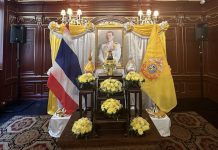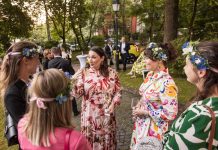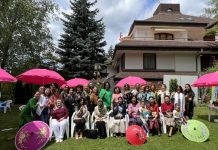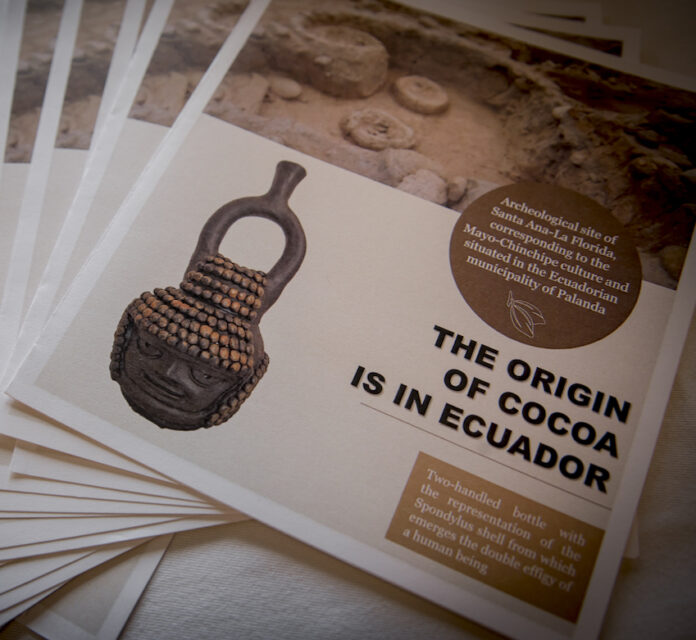Edited by Anna Popper
Latin America is widely known as the birthplace of cocoa (cacao), however, according to recent archaeological research, cocoa’s original homeland is Ecuador. A unique ceramic pottery was found near a small town called Palanda in the southern region of the country, containing ancient remnants of cacao dating back to 3,300 BC. This has led researchers to determine the origin of cocoa in Ecuador. Thus, Ecuador rewrote the history of chocolate, as cocoa beans have been grown and eaten in Ecuador for over 5,300 to 5,500 years.

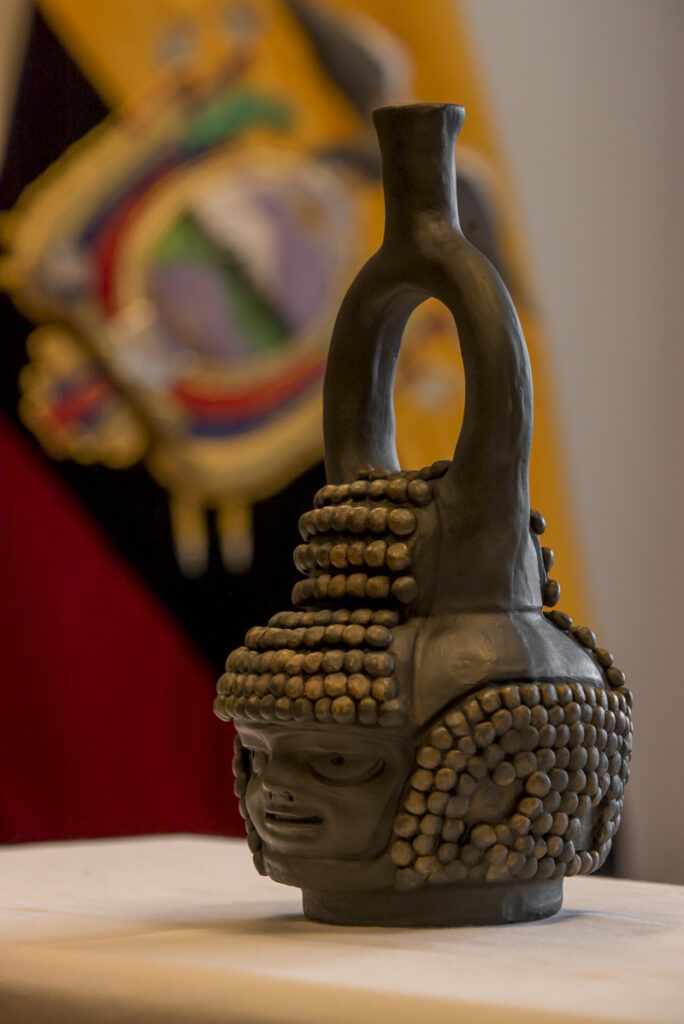
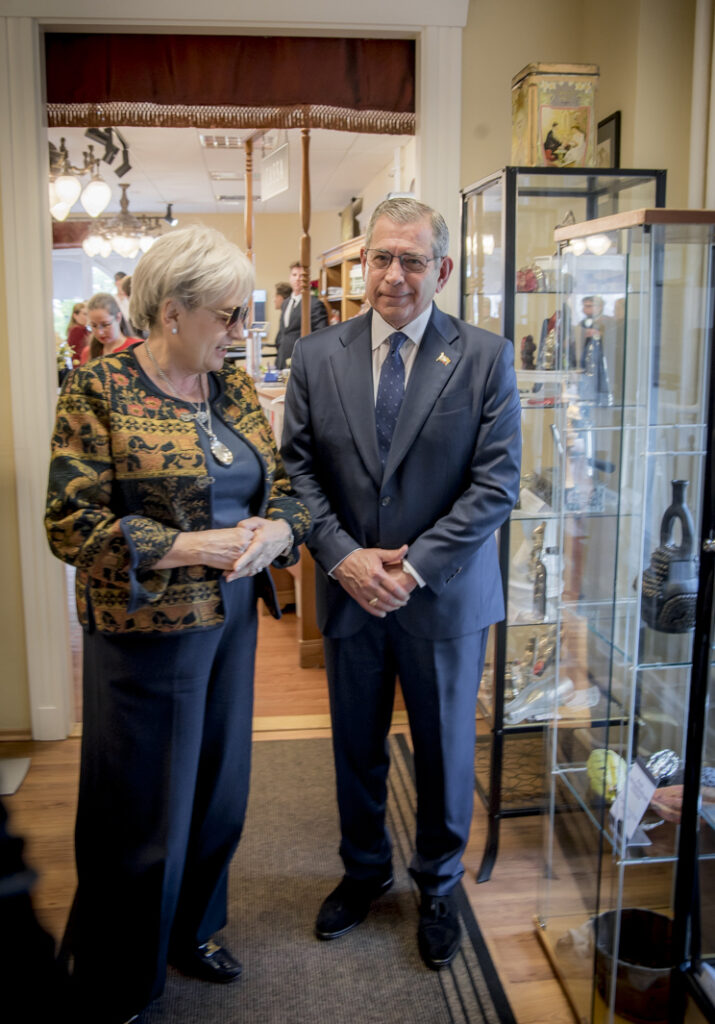
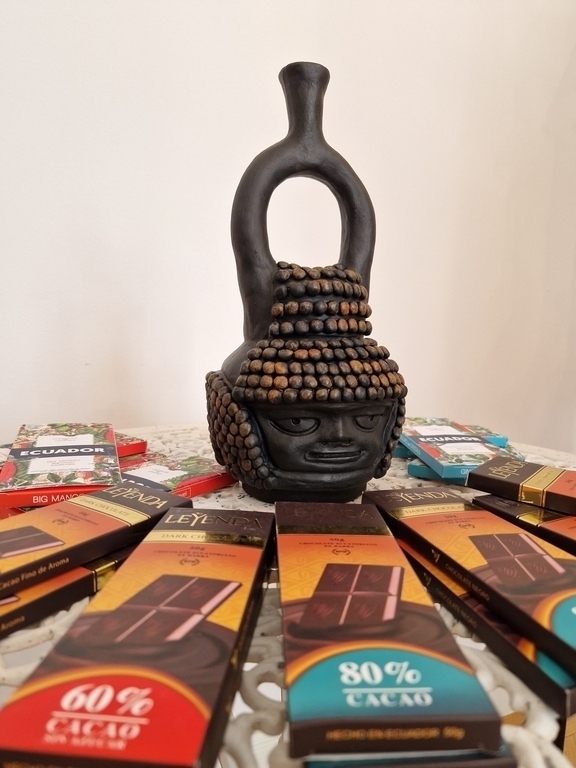
An important archaeological finding arrived in Budapest
Budapest is set to make history as it becomes the new home of a replica vessel from Palanda, Ecuador that contained the world’s oldest cocoa beans. Ecuador takes pride in its heritage as the origin of cacao, and the government has created a series of replicas of this historic vessel as part of Ecuador’s international program promoting the history of one of its world famous products, the cocoa.
One of these replicas was showcased in the Szamos Chocolate Museum and from April 2023 became part of its collection and permanent exhibition, which provides an opportunity to learn about the cultural roots and origin of cacao, as well as the history of chocolate.
On this special occasion the Embassy of Ecuador in Budapest held an event at the Szamos Café and Chocolate Museum in the centre of the Hungarian capital, near the Parliament, which was attended by guests from all walks of life, who showed great interest in the extraordinary history of cocoa, one of the iconic products of Ecuador.


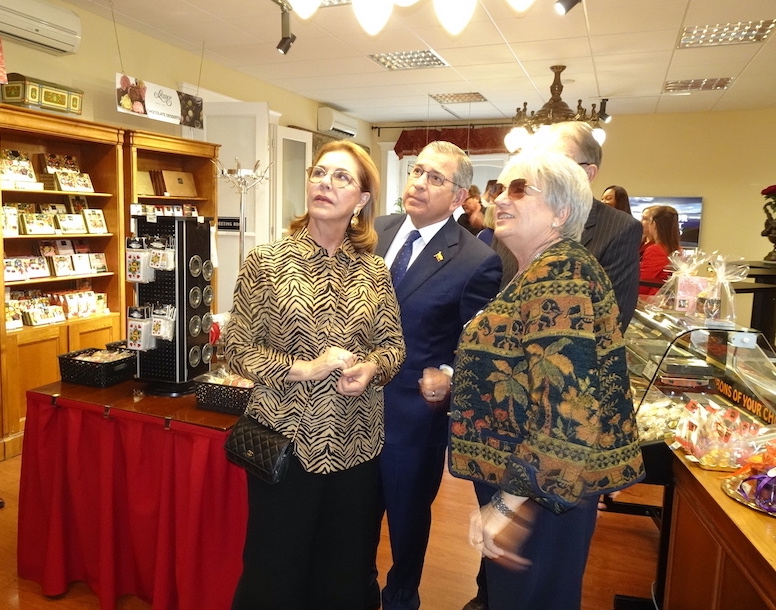

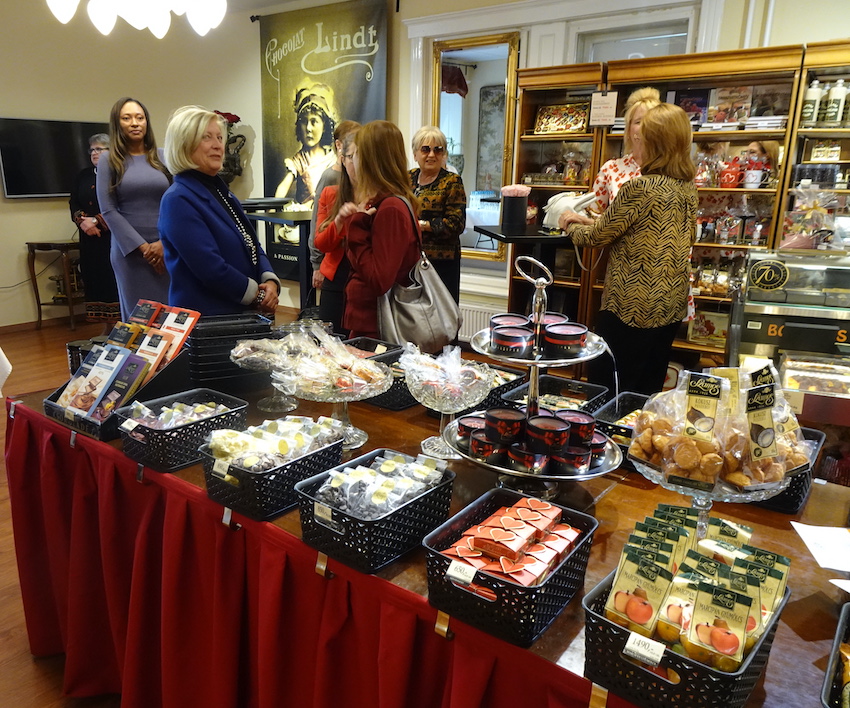
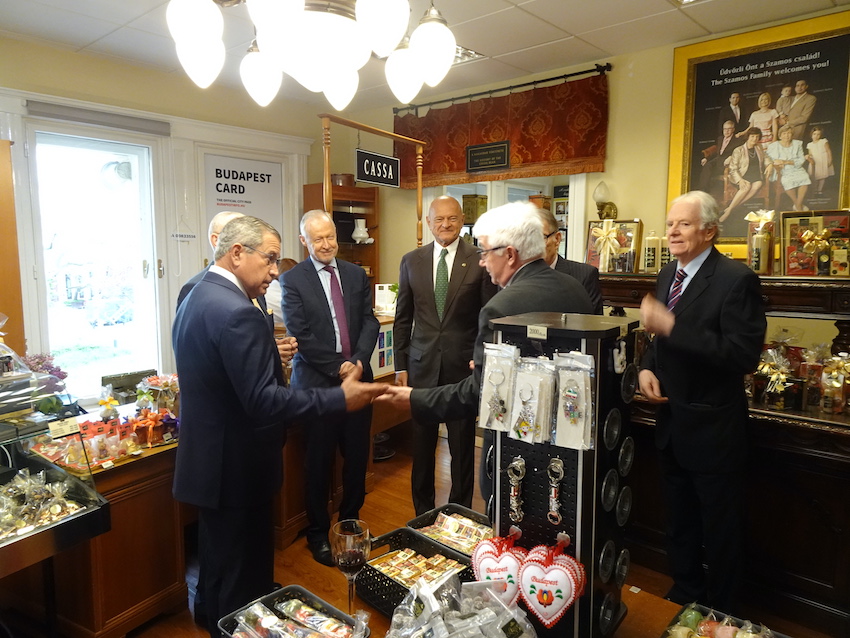
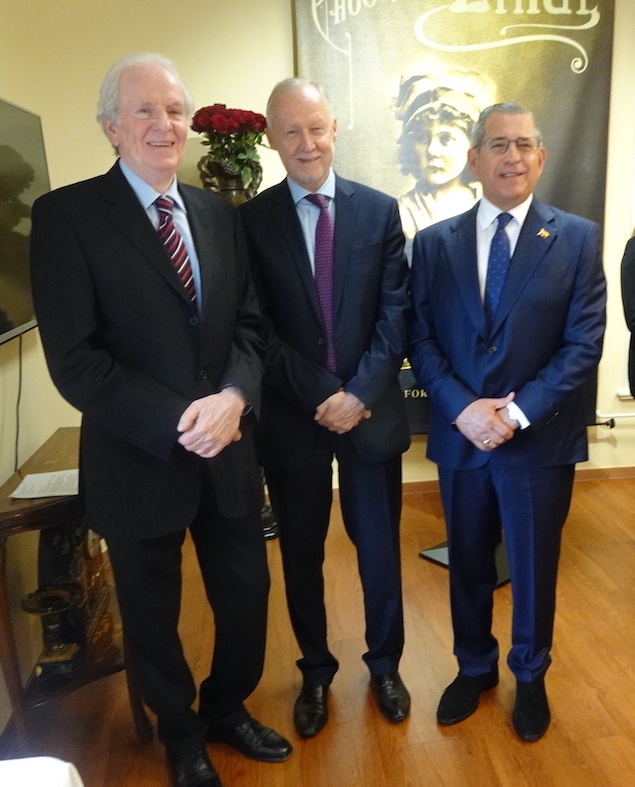
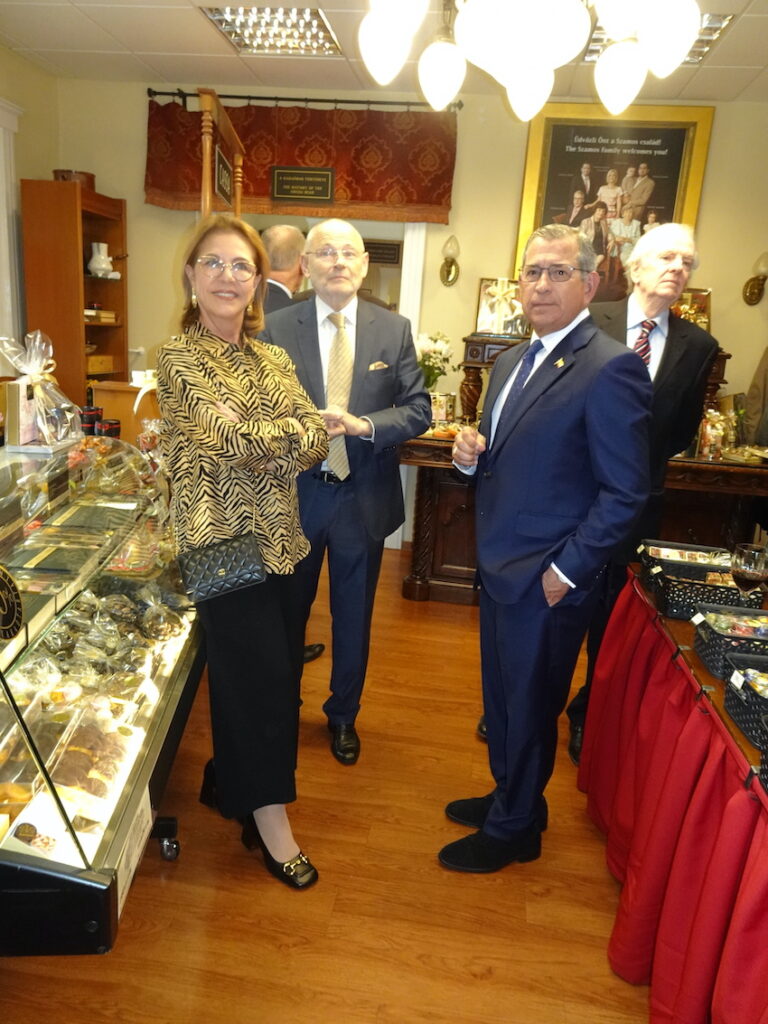
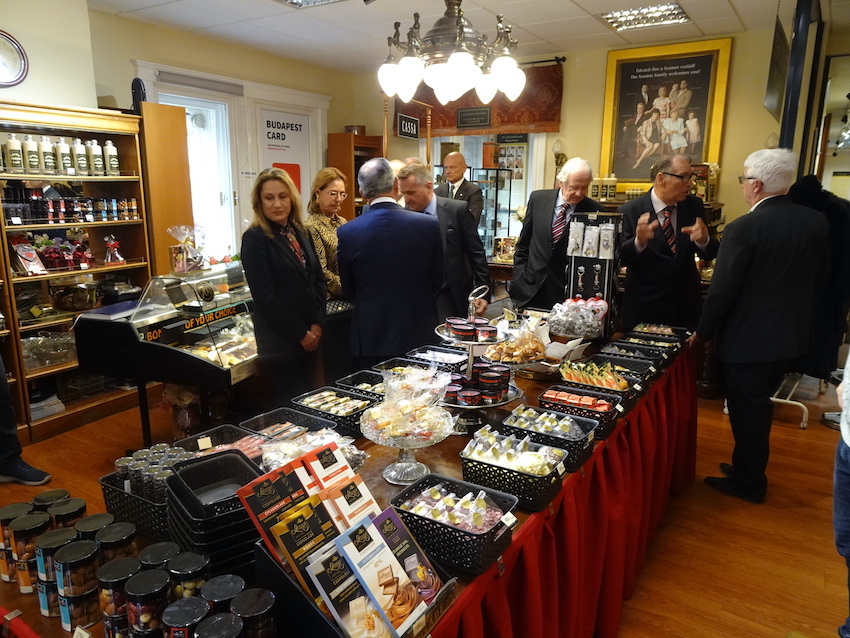
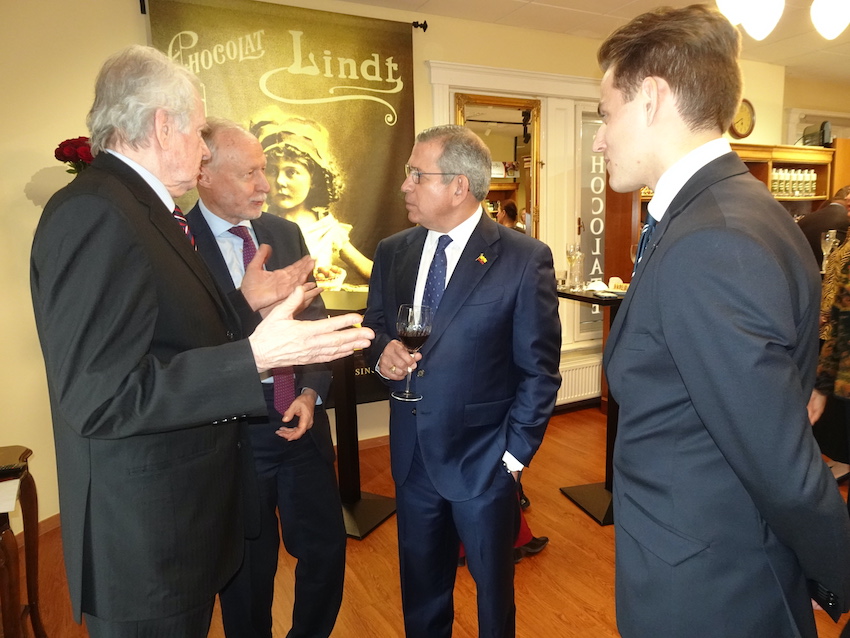
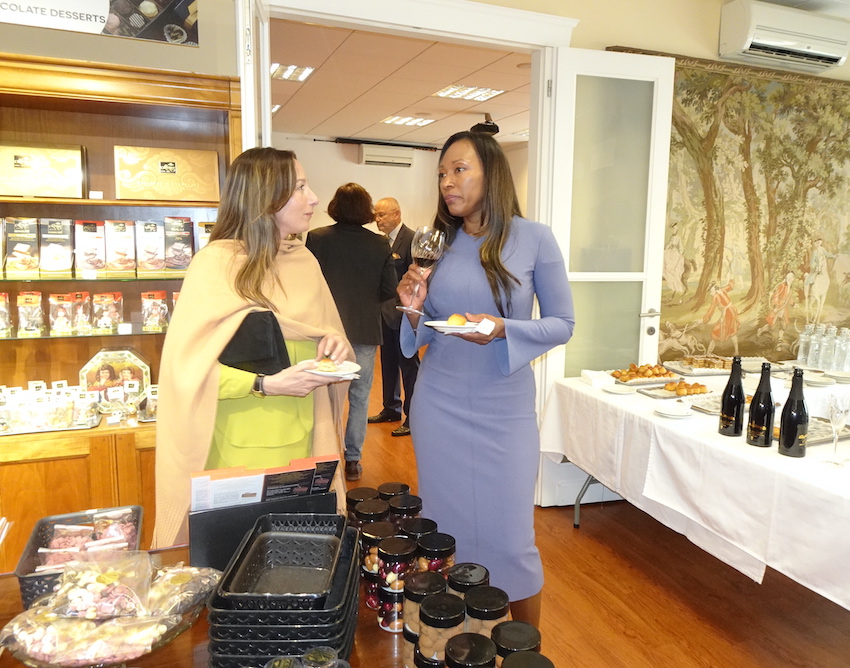
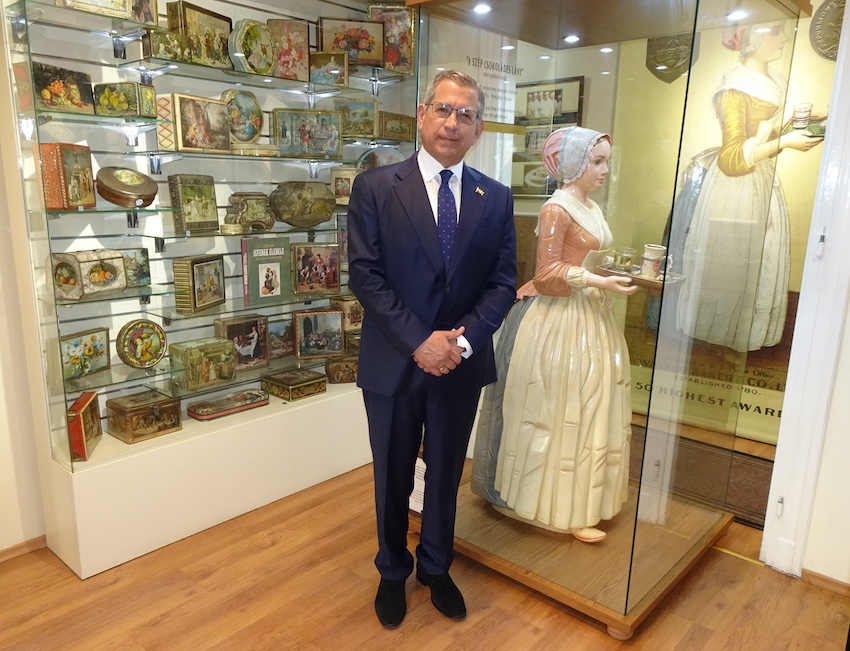
In his opening speech, H.E. Mr José Luis Salazar Arrarte, Ambassador of Ecuador to Hungary said:

“It is a pleasure and an honour to welcome you and thank you for your presence, which undoubtedly highlights this simple but very important event, being the inauguration of the permanent exhibition of the replica of the Palanda pot, better known as the Cradle of cocoa, so we could not have chosen a better place for this exhibition than this prestigious Szamos Chocolate Museum. Thank you very much Mrs. Gabriella Szamos for having us.
A few weeks ago I had the opportunity to visit a museum in Vienna and I found some phrases that struck me very much and I quote: “If we do not honour our past, we lose our future. And if we destroy our roots, we stop growing”. I believe that these thoughts are very useful for the event we are holding today, because on half a hectare of archaeological vestiges between the Valladolid, Palanda and Chinchipe rivers, the Tribe of the Mayo-Chinchipe Marañon culture 5,300 years ago cultivated one of the treasures of humanity, cocoa, the main base for the production of chocolates, pralines with aromas, flavours and unthinkable combinations like the chocolate-flavoured champagne that you are going to enjoy in a few minutes.
Ecuador is proud to tell the world that the origin of cocoa is in the country at the centre of the world, which allowed the distribution of this product through commercial channels to reach southern countries such as Peru and Central America up to Mexico.


In this place, vessels, offerings, bottles with stirrup handles like the one we have here, with remains of cocoa starch were found in 2007, through a French-Ecuadorian research team, which allowed us to determine that the cocoa remains are the oldest in the world, thus confirming that the origin of cocoa is in Ecuador.
Cocoa has a scientific name in Latin “Theobroma cacao” which means “Food of the Gods” so I invite you to taste the Ecuadorian cocoa in these chocolate bars we brought for this event.”
Then Mrs Gabriella Kelényi Szamos, owner of Café Szamos took the floor:

“This cafe is very special as it houses the Szamos Chocolate Museum. My husband Gyula Kelényi and I have been collecting the materials of this museum for more than 30 years. And today 4,500 objects – including some very peculiar pieces – await visitors. We have created special programs around the collection. One of them is the Chocolate Tour to introduce visitors the cocoa fruit, which cannot be grown in Hungary as our climate is very different from that of Ecuador.
The physiological effects of this particular fruit are also very special. It has a positive effect on our internal organs, our mind and on the human heart. Perhaps this is the secret why chocolate plays such an important role in our lives.
The indigenous people of Ecuador must have had considerable knowledge of chocolate as early as 5,300 – 5,500 years ago. This is proven by the chocolate vessel, and its faithful replica is now solemnly enshrined in the Szamos Chocolate Museum as the most valuable object of our collection, enriching the museum visitors with an insight into the history of cocoa. It is an honour for us to have you here, Your Excellency, thank You and to Ecuador.”


Ambassador José Luis Salazar and Mrs Gabriella Szamos proceeded to the placement of the replica of the historical object in one of the museum’s showcases.
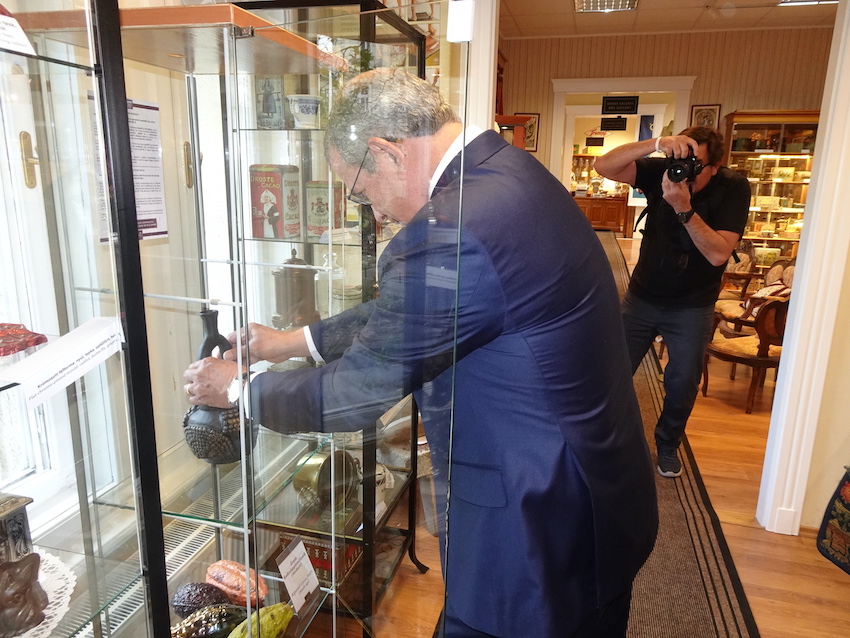

This was followed by a toast to the new sphere of cooperation between the two countries with a chocolate-based champagne, infusing the extraordinary smell and taste of Ecuadorian chocolate.
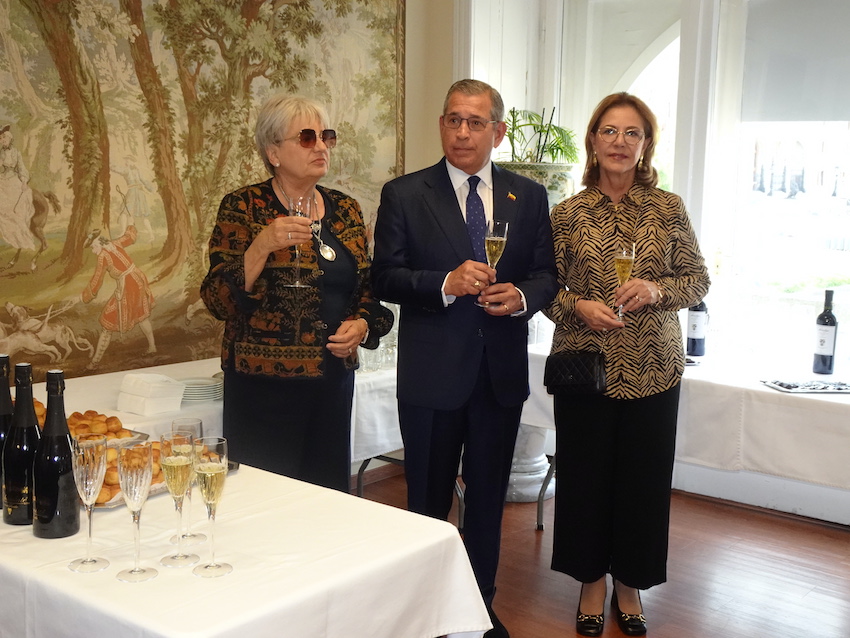
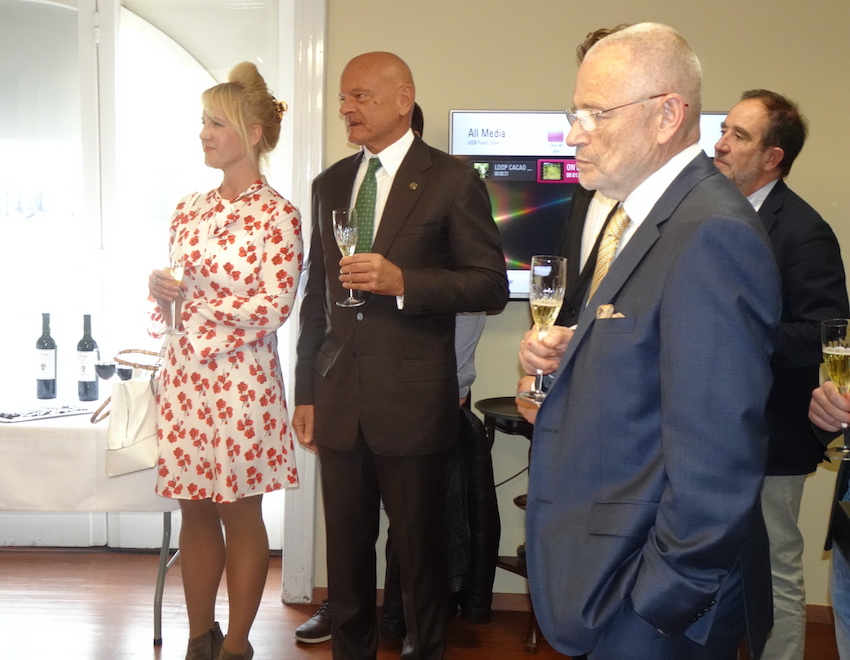
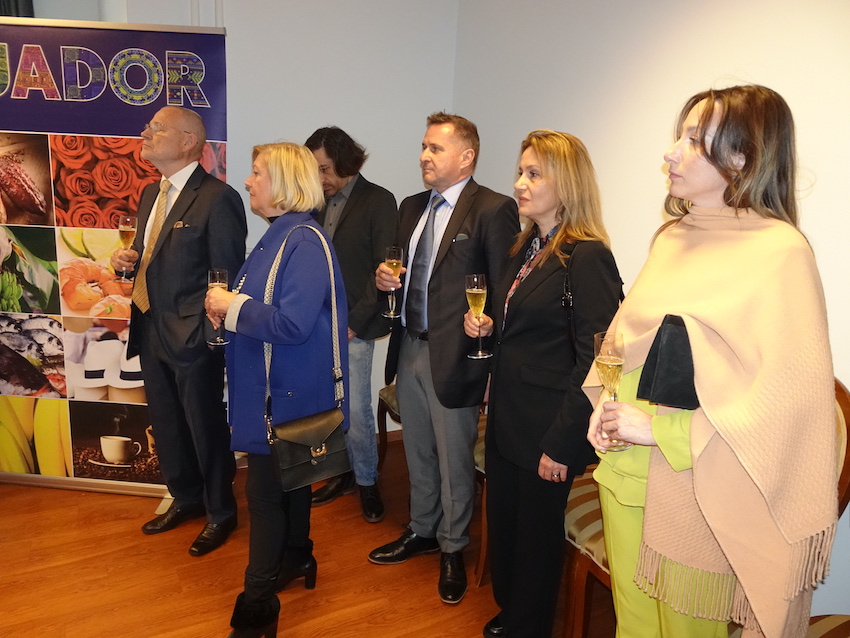
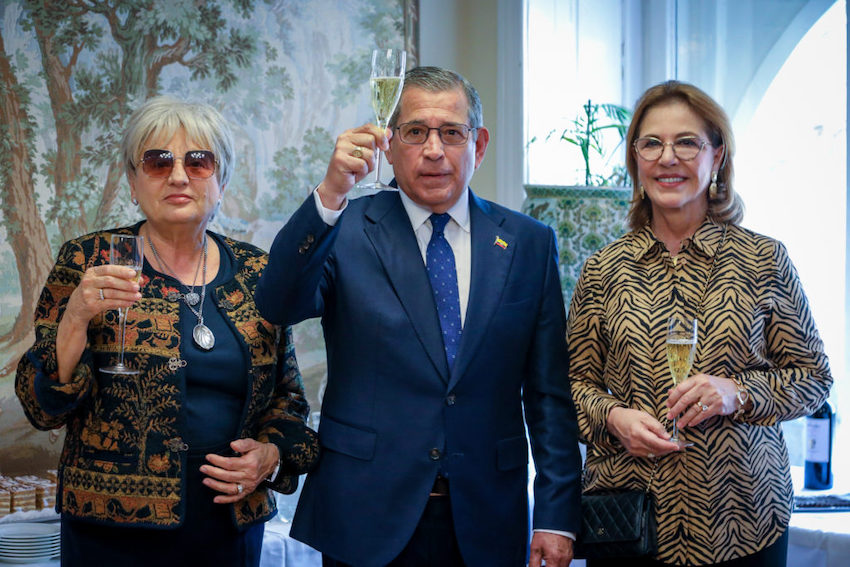
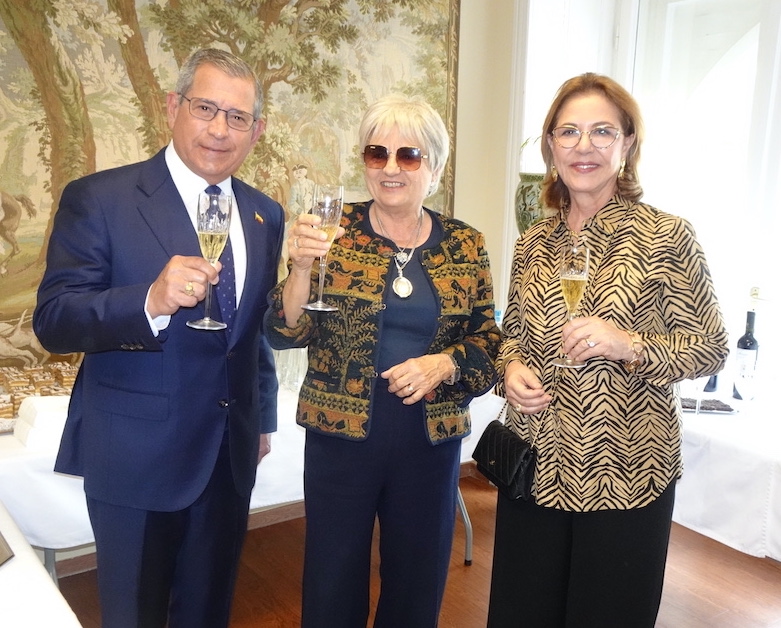
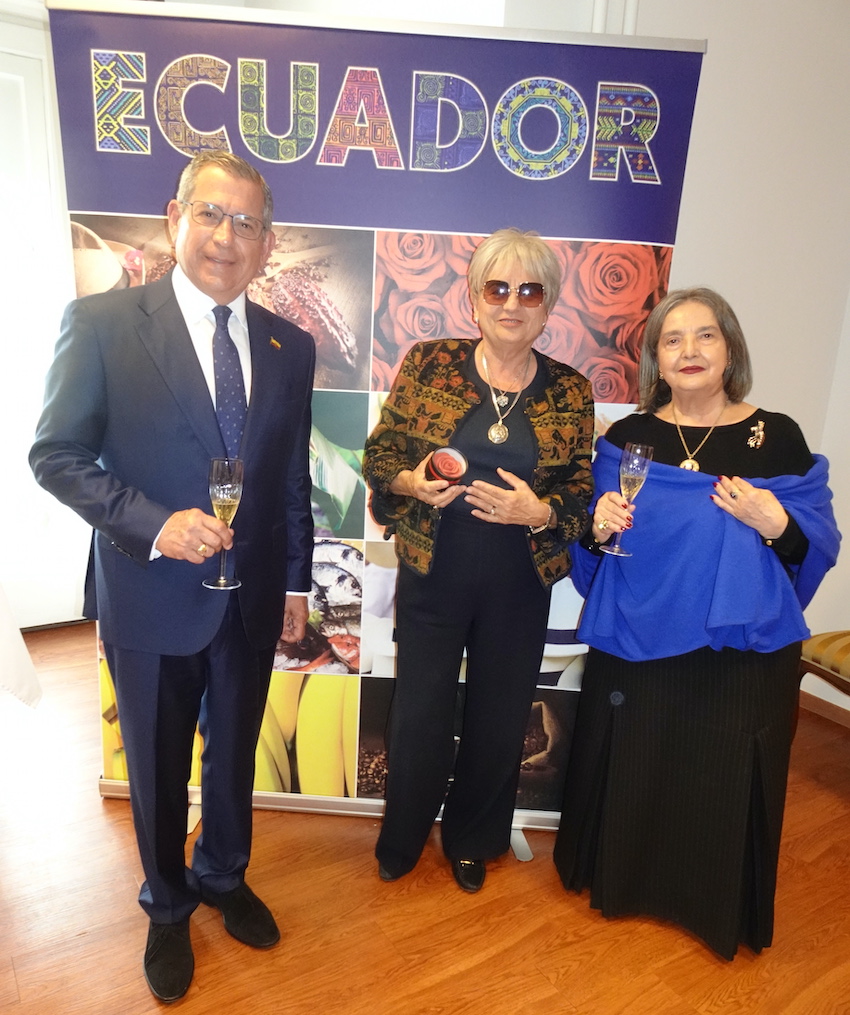
During the event, the attendees had the opportunity to taste a wide range of the finest Ecuadorian chocolate bars, to learn about the fascinating history of the Ecuadorian cocoa and the country’s hidden gems, treasures and unique attractions waiting to be discovered by international tourism.
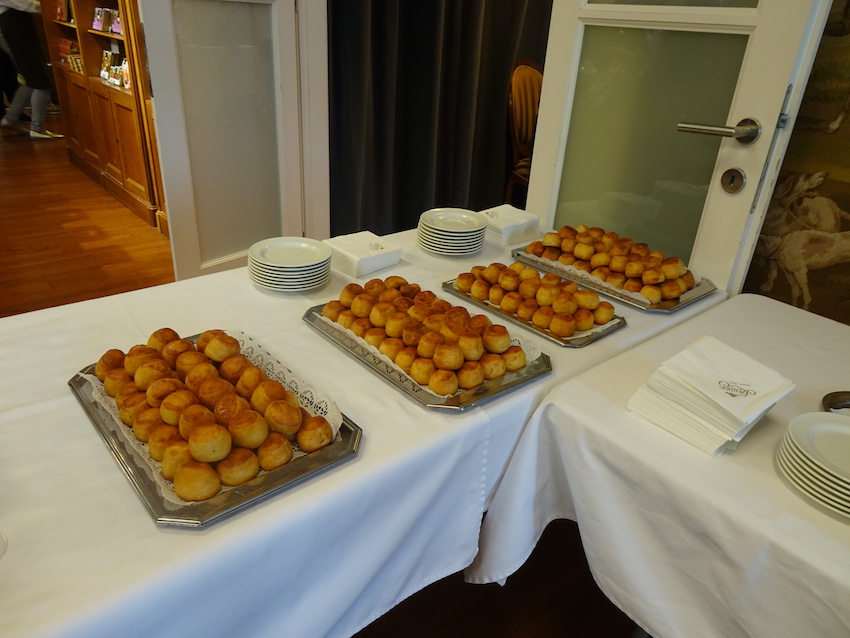

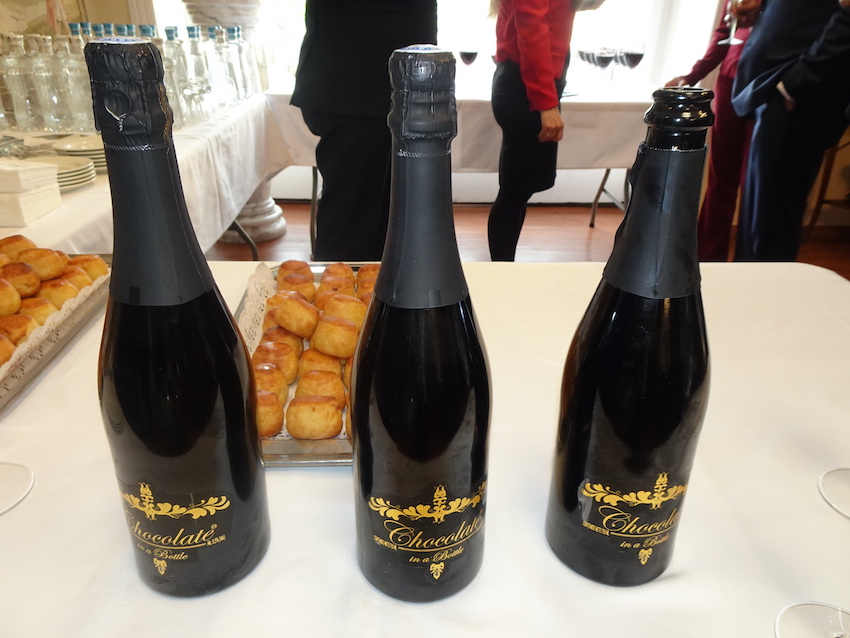
The replica of the Palanda pot has found its worthy place and is on permanent display in the Szamos Chocolate Museum in Budapest, which is open to the public every day.
www.csokolademuzeum.hu
The history of the Ecuadorian origin of cocoa
Archaeological research in Ecuador indicates that Theobroma cacao, or simply cocoa, was first cultivated in the upper Amazon region. The Santa Ana-La Florida site, associated with the Mayo-Chinchipe culture, provided evidence for this discovery. The oldest cocoa beans in the world were discovered on the site in Palanda, Ecuador, 1,040 meters above sea level.
In October 2018, a scientific article entitled “The Use and Domestication of Theobroma Cacao during the mid-Holocene in the Upper Amazon” was published in the journal “Nature Ecology & Evolution”. The research was conducted by 19 researchers from Canada, France and Ecuador. The article describes the early domestication and use of cocoa in Ecuador, based on analysis conducted at the University of Calgary, Canada. The analysis was done on a two-handled bottle depicting the Spondylus shell giving rise to a human’s double image, found at the Santa Ana-La Florida site. Starch granules from cocoa were discovered inside the bottle, which belonged to the Mayo-Chinchipe culture, with a carbon-14 test dating back to 3500 BC to 3330 BC, or 5300 – 5500 years ago.
The Mayo-Chinchipe culture used processed cocoa as a significant social and symbolic component of their diet, interacting with the Andean region and Pacific Coast civilizations, through which Amazonian cocoa was introduced to the Ecuadorian coast and eventually transported to Mexico and Mesoamerica, along with the Spondylus shell. The available evidence suggests that the Mayas and Aztecs of Mexico used cocoa from Ecuador to make a beverage known as “Xocolatl” in the Nahuatl language, marking the beginning of chocolate’s history.
The Mayo-Chinchipe culture played a significant role in domesticating and distributing cocoa, leading to its widespread consumption around the world and allowing us to indulge in the delightful taste of chocolate.
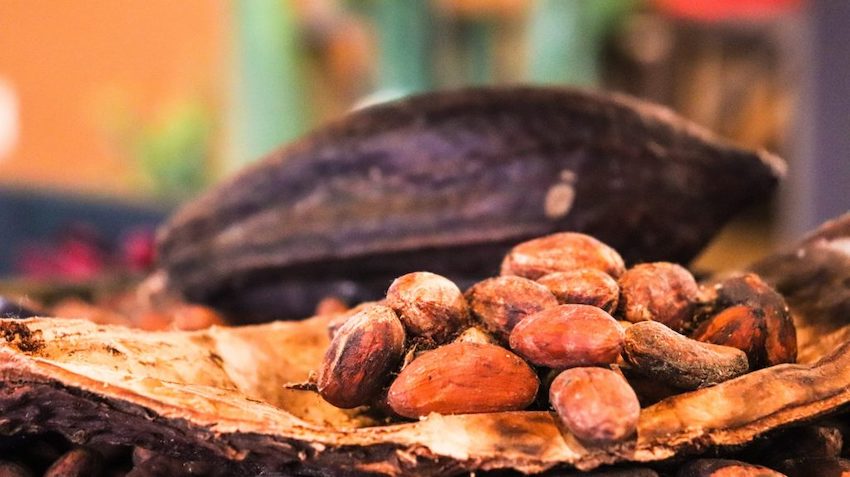

Ecuadorian cocoa today
The Ecuadorian cacao industry is considered the global leader, ranks third in the world and produces over 60% of the world’s finest cacao – called Cacao Arriba or Nacional, because it only grows in Ecuador. Cacao has been declared a “symbol product” for Ecuador by the Ecuadorian government.
Ecuador produces an exquisite and high-quality cocoa that is internationally recognised for its incomparable flavour and aroma, it can be attributed to our perfect mix of terrain, climate and equatorial location.
More than 630,000 hectares of cocoa crops distributed in almost all provinces of the country. In 2021, cocoa exports totalled USD 940 million, a sales record for the second consecutive year. The main export markets are: USA, European Union, Indonesia, Malaysia, Latin American countries and China. This industry links and benefits more than 400,000 people in Ecuador.


“As long as there is chocolate, there will be happiness” by Wayne Gerard Trotman
Source: Embassy of Ecuador in Budapest

